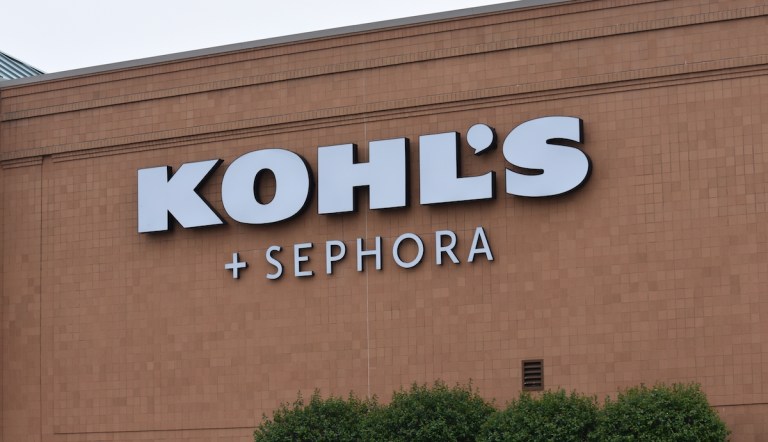
As temperatures stayed warm in September and October, Kohl’s discovered that it had a surplus of its cold weather inventory beyond what was initially expected.
In response to the downturn in sales, the retailer is focusing on beauty and gifting categories as a reliable source of revenue.
“While I don’t like blaming weather for performance, the fall transition period has historically proven to be when Kohl’s apparel-intensive business is most sensitive to weather fluctuations,” Kohl’s CEO Tom Kingsbury said on an earnings call Tuesday (Nov. 21). “We experienced a fairly significant divergence in performance on a regional basis.”
“Store sales in our Midwest, mid-Atlantic and the Northeast regions where the weather impact was most apparent were down low- to mid-single-digits in Q3, while all other regions increased low-single-digits,” Kingsbury added.
However, he mentioned that the Sephora business is anticipated to generate $2 billion in revenue by the year 2025.
“The partnership with Sephora is phenomenal,” he said. “And we really feel that the numbers we put out there will be achievable in the near future.”
In the quarter, Kohl’s recorded a more than 70% increase in total beauty sales.
“We saw strong demand across the entire assortment, including skincare, makeup and fragrance,” Kingsbury said.
During the conference call, Kingsbury stressed the importance of the holiday season and highlighted the company’s efforts in maintaining promotional activities, a strategy that has been consistently applied throughout the first three quarters of the year.
The retailer foresees a growing demand for polished casual wear in both men’s and women’s categories and anticipates an increased demand for dresses.
Within the men’s category, Kingsbury pointed to success in tailored separates and dress shirts and said he expects the trend to persist. The demand for polished casual wear is also anticipated to extend to the children’s business, and the company expects a more prominent display of Easter dresses and suiting.
Kohl’s plans to respond quickly to fashion trends, aligning with customer preferences and avoiding previous challenges in predicting and delivering successful junior goods.
In the footwear segment, Kingsbury acknowledged the necessity to diversify the retailer’s assortment. The company aims to expand its selection of both men’s and women’s footwear, striving to offer a more comprehensive range of dress and casual shoes.
Kohl’s experienced a 5.2% year-over-year decline in net sales, amounting to $3.8 billion, with comparable sales showing a 5.5% decrease. The gross margin as a percentage of net sales witnessed a 158-basis-point increase, reaching 38.9%.
Selling, general and administrative (SG&A) expenses rose by 1.9% year over year, totaling $1.4 billion. As a percentage of total revenue, SG&A expenses accounted for 33.5%, marking a 235-basis-point increase compared to the previous year.
Operating income for the period was $157 million, reflecting a decrease from $200 million in the prior year. As a percentage of total revenue, operating income stood at 3.9%, indicating an 82-basis-point decline year over year.
Net income amounted to $59 million, equivalent to $0.53 per diluted share. This contrasts with the previous year’s net income of $97 million, or $0.82 per diluted share.
Inventory experienced a 13% year-over-year decrease, amounting to $4.2 billion. The operating cash flow for the period was $151 million.
For all PYMNTS retail coverage, subscribe to the daily Retail Newsletter.